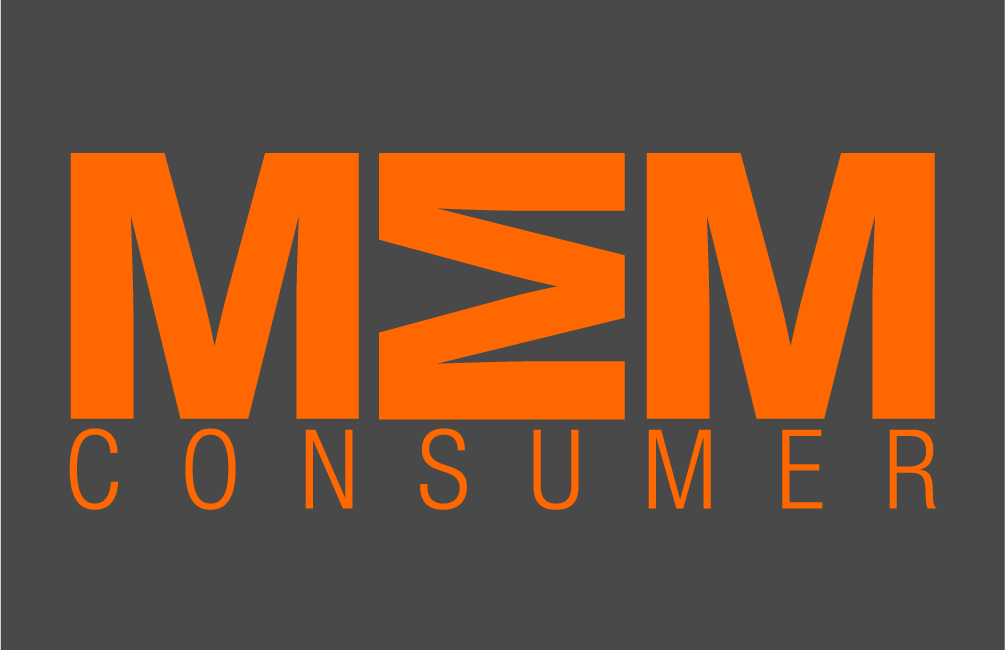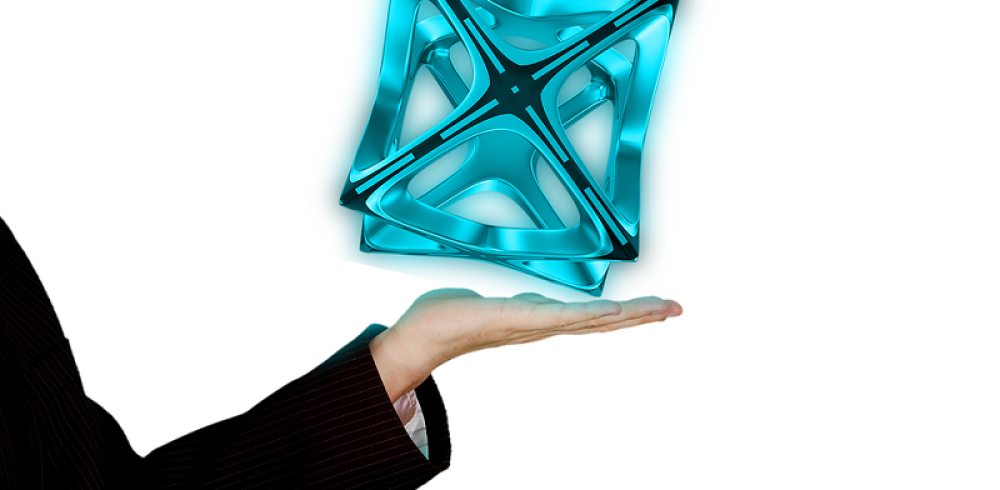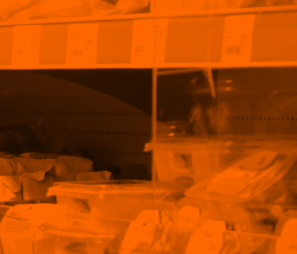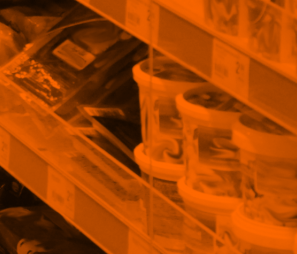Mixed reality (MR) is believed to be the future of computing. It accelerates operational efficiency and establishes new ways of working, designing, collaborating, learning, and more. Mixed reality blends digital objects as 3D holograms with the physical world, allowing people to enhance with digital content and interact with holograms in the world around them. Within this spectrum, HoloLens is the first self-contained, holographic computer.
From a manufacturing perspective, this is bringing about the realisation of true digital first mover advantage that has the ability to simultaneously achieve new revenues and cost reduction.
The advantages of HoloLens are numerous. First of all, it is a fully self-contained, wearable computer that displays information right in front of you, allowing you to work more safely with your eyes up and hands free. It also allows you to build and share design and data visualisations in real-time, while collaborating with people across different locations. You can explain complex scenarios visually, with movement and in three dimensions.
Moreover, with HoloLens you can see a design in-situ, before any work begins. The sensors inside this holographic computer read and understand the world around you, allowing you to place holographic objects in your environment and move them around. Colleagues can collaborate and understand each other even better, because it allows you to see through the eyes of the remote colleague and provide annotations that appear as holographic content.
3D models can be brought to life as full-scale holograms and worked in real time, making updates and inspecting products, which helps you to create prototypes faster, better understand spatial planning, and identify problems before any work starts. Employers can also benefit from lower costs that accompany traditional training scenarios.
Microsoft HoloLens is empowering people and organisations to achieve more through the power of bringing the digital and physical together with Mixed Reality.















